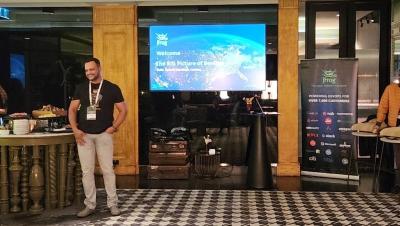Reducing Supply Chain Security Risks with Vendor Segmentation
The vulnerabilities perforating the global supply chain have remained dormant for many years. But the violent disruptions of the pandemic finally pushed these risks to the surface, revealing the detrimental impacts of their exploitation to the world.











